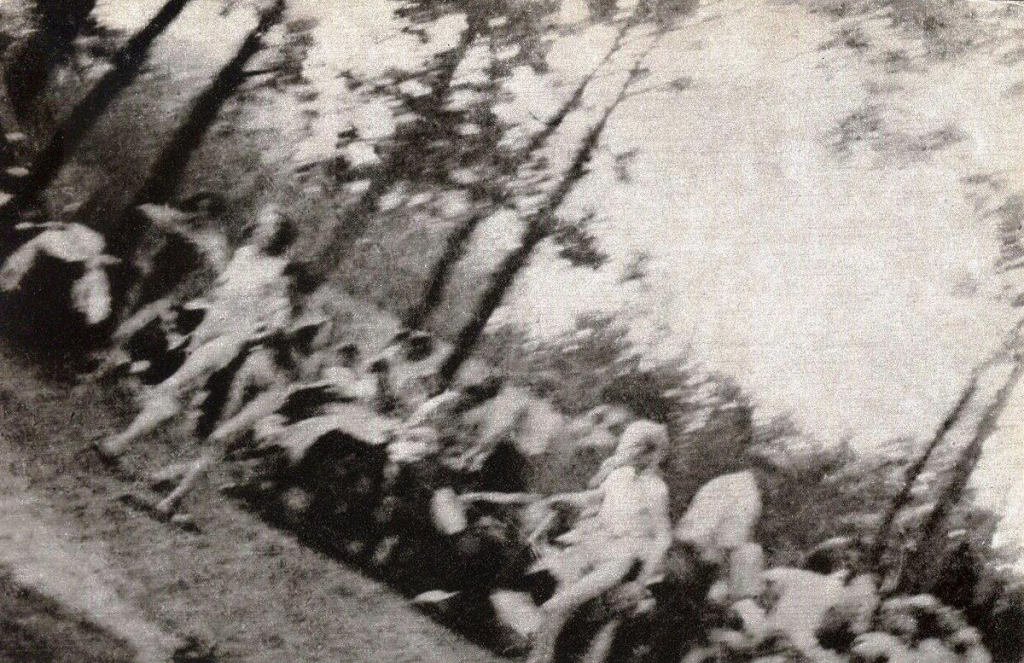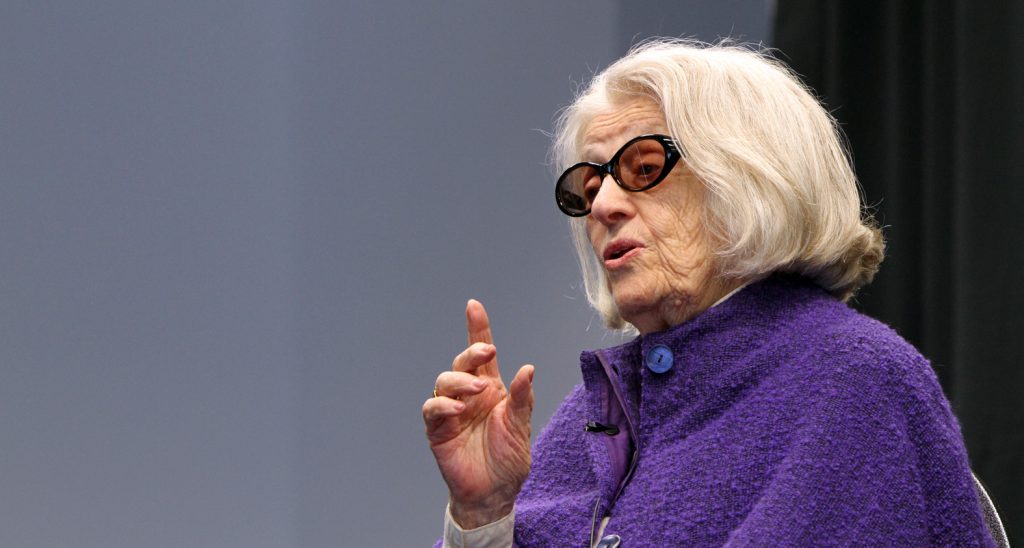Module 2: Gender and Sexuality
Gender and Resistance

Vladka Meed, who smuggled weapons across the Warsaw Ghetto wall, helped Jews escape and aided survivors in labour camps and forests, said: ”If a man in the underground went on a mission, he could be recognized as a Jew by his circumcision,” she said. ”A woman’s body might be searched, but it could not give that information.”
Brozan, Nadine. ‘‘Holocaust Women: A Study in Survival,’’ The New York Times. March 23, 1983.
What is resistance?
Over time, our understanding of resistance has broadened to include not only armed resistance but other forms of resistance as well. Struggling to survive, not giving into despair, religious observance, and hope are all now recognized as resistance as well. These examples of the many forms of resistance can be heard in the many voices of survivors in this project.
One of the persistent myths about the Holocaust is that Jews went to their deaths “like sheep.” This view underestimates how difficult it was to flee or resist and is a particularly insidious form of blaming the victim. This view also reflects a lack of knowledge about the history of resistance during the Holocaust, especially resistance by women. In this section you will explore several examples of gendered resistance. The first examples illustrate how women were less likely to be suspected as they worked on behalf of the resistance. The last example, given to us by Gad Beck, speaks about how the (mostly female) non-Jewish spouses of Jews arrested in Germany successfully protested and resisted Nazi policy.
Judy Batalion on the Resistance
This news segment highlights the women who served as couriers in the resistance during the Holocaust and which are the focus of Judy Batalion’s book, The Light of Days.
Oral History: Truda Rosenberg

In this audio clip of a public lecture given at Carleton University, survivor Truda Rosenberg describes her own work in the resistance leading to the Jewish uprising in the Warsaw Ghetto and how her Aryan appearance (and gender expectations) helped her.
Oral History: Anna Heilman
In this short documentary, we hear Anna Heilman describe how she and her older sister fought during the Warsaw Ghetto Uprising. The sisters were sent first to the Majdanek concentration camp near Lublin and then Auschwitz. The sisters, conspiring with other women prisoners, secretly gathered gun powder to destroy the crematoria and gas chambers.
What was the Rosenstraße Protest?
The “Factory Action” (or Fabrik-Aktion) in February 1943 involved a mass roundup of German Jews. In addition to those identified as fully Jewish, the roundup also included Mischlinge (a Nazi term used to denote people of only “part-Jewish” descent). Notably, Jewish spouses of Aryans were included in this mass roundup. These spouses were “exempted” Jews slated for labour camps rather than death camps. In Berlin, approximately 2,000 Jews were imprisoned at Rosenstraße, a local Jewish community building. Believing that their loved ones would be deported to Auschwitz, a large group of predominantly women took to the street, despite threats of lethal force, to demand the release of their family members. The protest continued from February 27 to March 6, 1943. Eventually, almost all of the 2,000 Jews being held at Rosenstraße were released to their families. Though many of those incarcerated at Rosenstraße were re-imprisoned, the Rosenstraße demonstration stands out as a moment of action by women and by non-Jews on the behalf of Jews. As you view this next oral history clip by Holocaust survivor Gad Beck, consider the interplay of Nazi racial ideology, gender, and sexuality.
Oral History: Gad Beck
Learn more about the Rosenstraße Protest by listening to Gad Beck’s oral history. Gad Beck was one of very few gay Jewish survivors who has spoken about his experiences during the war.
Reflection Questions:
- Why were women particularly effective in the resistance?
- The success of the Rosenstraße protests begs the question, if other non-Jews had also protested the Nazi treatment of Jews, would more Jews have been saved?
Bibliography

